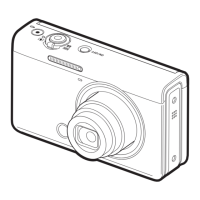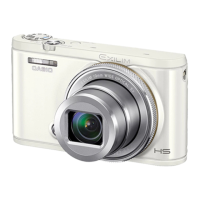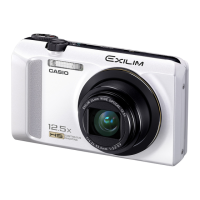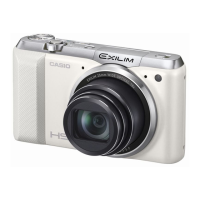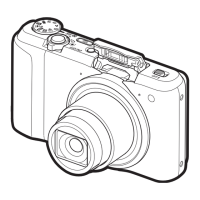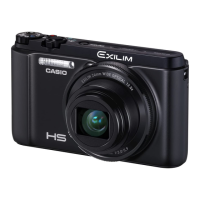144
Other Playback Functions (PLAY MENU)
You can use this setting to adjust the balance between bright areas and dark areas in
existing images in the range of 0 (no optimization) to +2 (bright).
• Display a snapshot before performing this operation.
• Correcting the lighting when shooting produces better results (page 118).
• Altering the lighting of an image causes the original image and the new (altered)
version to be stored as separate files.
• When you display an altered image on the camera’s monitor screen, the date and
time indicates when the image was originally recorded, not when the image was
altered.
You can use the white balance setting to select a light source type for a recorded
image, which will affect the colors of the image.
• Display a snapshot before performing this operation.
• You also can adjust the white balance when recording images (page 45).
• The original snapshot is retained in memory and not deleted.
• When you display an altered image on the camera’s monitor screen, the date and
time indicates when the image was originally recorded, not when the image was
altered.
Optimizing Image Brightness (Lighting)
Menu item: Lighting
Adjusting White Balance (White Balance)
Menu item: White Balance
Daylight Outdoors, fair weather
Overcast Outdoors, cloudy to rain, in tree shade, etc.
Shade Very high temperature light, such as building shade, etc.
Day White
Fluor
White or day white fluorescent lighting, without suppressing
color cast
Daylight Fluor Daylight fluorescent lighting, while suppressing color cast
Tungsten Suppressing of the appearance of light bulb lighting
Cancel No white balance adjustment

